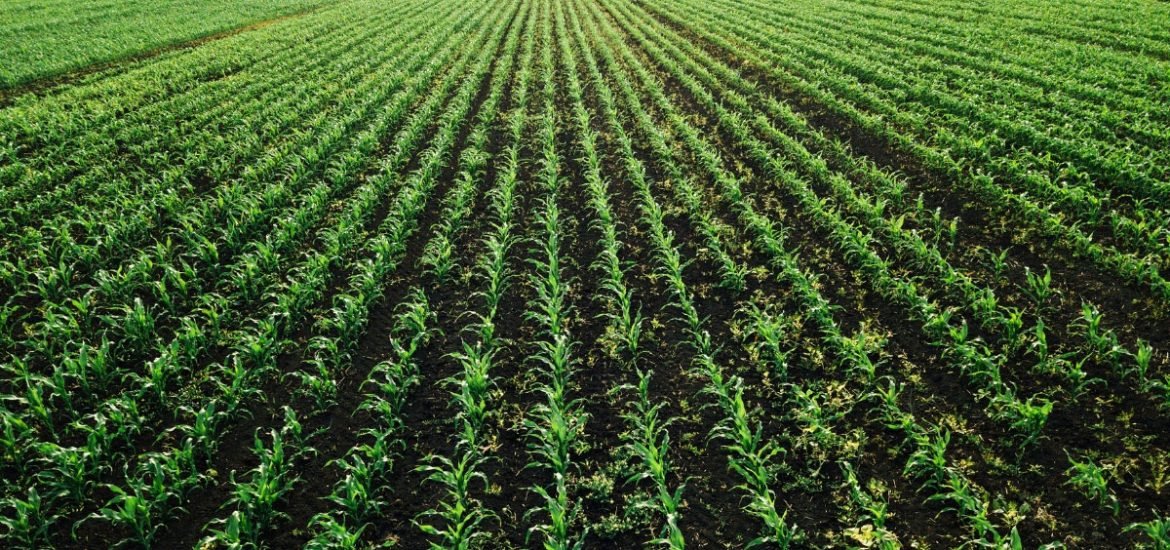
On 17 September, Rabobank launched the Food Loss Challenge for ag-tech startups in Asia. The open challenge invites disruptive startups to propose innovative solutions for reducing food loss. In addition to initiatives like this, venture capital pumped a massive $10.1 billion (€8.6 billion) into the ag-tech sector in 2017―investors and startups seem to be finally waking up to agricultural technology. What has driven this push and why is ag-tech so important?
With a market value of close to $10 trillion (€8.5 trillion), the agriculture sector represents a major share of the world economy and over 2.5 billion people derive their livelihoods from farming. Furthermore, the global population is expected to increase to 10 billion by 2050; therefore, to meet increasing global food demands, agricultural production will have to increase by nearly 60 per cent. Farmers around the world are facing a variety of food production challenges that make it difficult to produce more food without consequently increasing environmental impact.
Under present conditions, land and natural resources are close to their limits. Moreover, stagnant crop yields, supply chain issues resulting in unnecessary waste from seed to plate, and a mismatch between where food is produced and where it is consumed present major challenges in need of innovative solutions. These problems are made more formidable by the fact that one-quarter of greenhouse gas emissions, as well as 70% of global freshwater consumption, are attributed to agriculture.
A study recently published in Proceedings of the National Academy of Sciences, a peer-reviewed journal, highlighted that greenhouse gas emission from rice paddies may twice as high as previously thought (1). Methane from global rice cultivation―which is a staple crop for nearly half of the world’s 7 billion population―accounts for one-half of all crop-related greenhouse gas emissions. However, the study has suggested that current methods to mitigate this may be resulting in a 30–45% increase in nitrogen (N2O) emissions. These large-scale human sources of climate change cannot be ignored. However, effectively reducing greenhouse gas emissions while ensuring global food security will require careful and ongoing global assessments of emissions.
This catch-22 scenario will only be solved by shifting agricultural practices, adopting novel approaches, such as precision agriculture, and making use of technological innovation within the agriculture industry. Advances in precision farming are expected to account for 30% of the growth needed in agricultural production to feed the world by 2050. In addition, artificial intelligence will enable intelligent crop management, the internet of things (IoT) will gradually invade fields, and drones could be used to monitor and maintain farmland, such as those in Japan helping ageing farmers to fertilize their crops.
This technological revolution within the agricultural sector will also give rise to new types of jobs, particularly among the next generation of digitally literate. But investment alone will not be enough. Support from government and the agricultural sector will be paramount in helping farmers, suppliers, cooperatives, traders, and manufacturers take advantage of ag-tech. Finally, while feeding the planet more efficiently offers an opportunity to make a positive impact on both mankind and the environment, it will also create enormous value for entrepreneurs and investors.
(1) Kritee, K. et al. High nitrous oxide fluxes from rice indicate the need to manage water for both long- and short-term climate impacts. Proceedings of the National Academy of Sciences (2018). DOI: https://doi.org/10.1073/pnas.1809276115